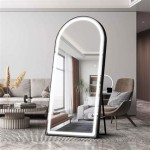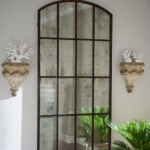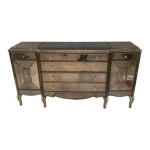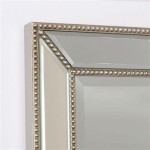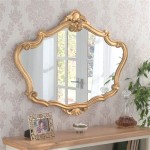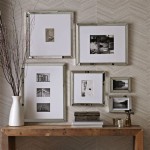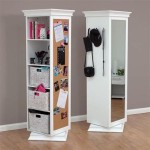Bathroom Light to Mirror Ratio: Achieving Optimal Illumination
Achieving the perfect bathroom lighting involves more than just selecting attractive fixtures. A crucial aspect often overlooked is the relationship between the light source and the mirror, specifically the bathroom light to mirror ratio. This ratio affects both the functionality and ambiance of the space, influencing tasks like applying makeup and shaving, as well as the overall aesthetic appeal.
Understanding the Importance of Proper Lighting
Adequate bathroom lighting is essential for various activities performed in this space. From basic hygiene routines to detailed grooming practices, sufficient illumination ensures clarity and precision. Poor lighting can lead to shadows, making tasks difficult and potentially hazardous. A well-lit bathroom also contributes to a more pleasant and inviting atmosphere.
The Ideal Bathroom Light to Mirror Ratio
While there isn't a strict, universally defined ratio, a general guideline suggests that the combined width of the light fixtures should be approximately 75-80% of the mirror's width. This ensures even light distribution across the face and minimizes shadows. For example, a 36-inch wide mirror would ideally be flanked by light fixtures totaling approximately 27-29 inches in width.
Placement for Optimal Illumination
Strategic placement of light fixtures is just as important as the light to mirror ratio. Ideally, wall-mounted fixtures should be positioned on either side of the mirror, roughly at eye level, between 65 and 70 inches from the floor. This arrangement provides balanced, even illumination, mitigating shadows that can distort reflections.
Choosing the Right Light Fixtures
The type of light fixture chosen significantly impacts the overall lighting effect. Vertical sconces or vanity lights are typically preferred for bathroom mirrors. These fixtures provide direct, focused light, minimizing shadows. Avoid single overhead lights, as they tend to cast shadows downwards, creating uneven illumination on the face.
Color Temperature and Brightness
Color temperature, measured in Kelvin (K), plays a vital role in the quality of light. For bathroom lighting, a color temperature between 3000K and 4000K is generally recommended. This range falls within the "warm white" to "cool white" spectrum, providing a balanced and natural-looking light suitable for various tasks. Brightness, measured in lumens, should also be considered. A total output of around 1600-2000 lumens is typically sufficient for a standard-sized bathroom.
Considering Additional Light Sources
While the mirror area is the primary focus for bathroom lighting, incorporating additional light sources can enhance both functionality and ambiance. Recessed ceiling lights can provide general ambient lighting, while accent lighting can highlight specific features or create a more relaxing atmosphere. Layering different types of lighting allows for greater control and flexibility in adjusting the overall illumination.
Addressing Common Lighting Mistakes
One common mistake is using a single overhead light as the primary source of illumination for the mirror area. This often results in unflattering shadows and inadequate light for grooming tasks. Another error is choosing fixtures that are too small or too large in relation to the mirror. Overly small fixtures may not provide sufficient light, while excessively large fixtures can overwhelm the space and create a visually unbalanced appearance.
The Impact of Natural Light
If the bathroom benefits from natural light, maximizing its utilization can contribute significantly to overall illumination. Keeping windows unobstructed and using light-colored window treatments can help amplify the natural light entering the space. Integrating natural light with artificial lighting creates a brighter and more energy-efficient bathroom environment.

Your Guide To Bathroom Lighting

Guide To Hanging Bathroom Vanity Lighting And Mirrors Liven Design

Your Guide To Bathroom Lighting

Bathroom Light Fixtures Guide Lights Com

How To Choose Bathroom Vanity Lighting Riverbend Home

Bathroom Mirror Size Calculator

A Guide To Minimalist Bathroom Vanity Lighting

A Guide To Minimalist Bathroom Vanity Lighting

Your Guide To Bathroom Lighting

Homlux 28 In W X H Round Frameless Led Light With 3 Color And Anti Fog Wall Mounted Bathroom Vanity Mirror Be3b004d65 The Home Depot

